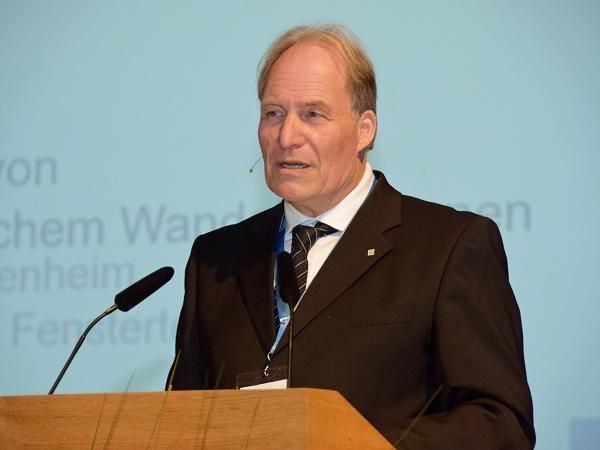
Date: 15 December 2017
In view of the fundamental changes that approach the industry under the heading of “digital disruption”, the slogan “Master the future” was a good choice. The digitization evolves such great dynamics in all areas of life and work that each entrepreneur has to change its business strategies not to stay on the losing side in the near future.
The 868 participants from 14 countries of the 45th Rosenheim Window and Facade Conference received a multitude of innovative and practically usable information in 33 lectures that needs to be digested. If you could not come in person, you can find the manuscripts and presentation slides in the conference transcript on our website at www.ift-rosenheim.de/shop/.
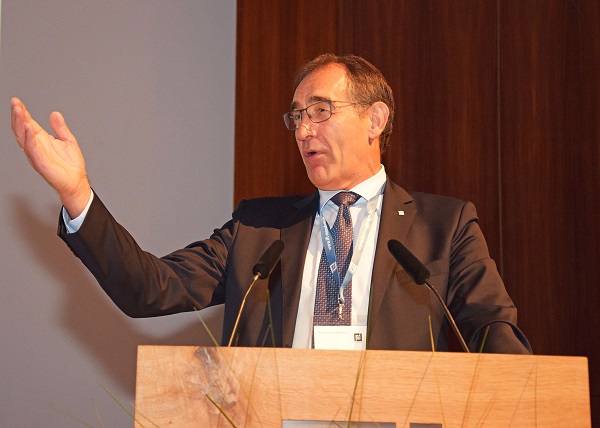
Bernhard Helbing (chairman of the board of ift Rosenheim) and Gabriele Bauer (Mayor of the City of Rosenheim) made it very clear in their welcome address that the consequences of the digital development conquer rapidly our living and our buildings.
The technology can improve comfort, security and energy efficiency. However, the actors of the window and facades industry have to get used to the new technology and details of drive units, sensors, WLAN, Apps and controls to take advantage of the opportunities.
An important concern from mayor Bauer was that the “view on rentability and affordable living is not being lost”. “The wide range of interesting lectures have given me an essential input for the strategic work in 2018” – this or similar statements could be heard on Friday from many participants.
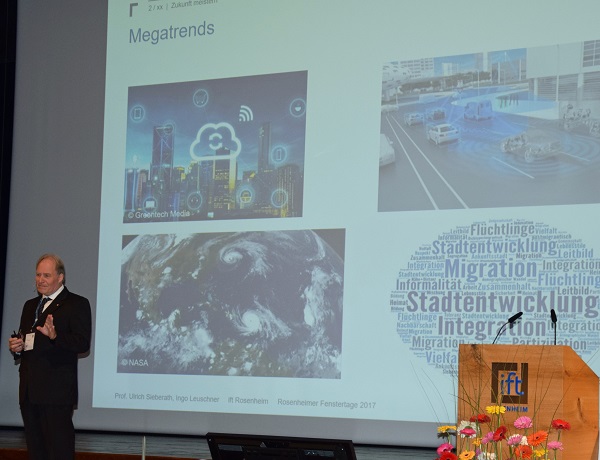
ift-Director Prof. Ulrich Sieberath demonstrated the important developments and consequences for the industry with his lecture “Master its future – With knowledge, competence and courage to face the trends of digitization, technology and social change”.
He made it clear that the digitization is not only Smart Home but also includes innovative distribution channels via the Internet and raises fundamental issues for the use of construction elements, for example, if there is less need for garages and thus for gates due to intelligent car-sharing concepts in the future.
The Internet of Things (IoT) will soon be used by windows and doors due to falling prices for sensors, drive units and electronics and will enable new solutions for maintenance, service or the construction documentation. Already today, it is possible to read the product data as well as information on the tightness of edge seal of insulating glass units. Furthermore, the closing cycles, the load and thus the wear of hardware can be determined precisely.
Google, Amazon and Co. will determine the “smart home race” in the private sector and the KNX interface in the building technology enables easy connection to the building control system. Therefore, manufacturer should concentrate on the automation and control of their products and less on higher-level controlling systems.
Sieberath invites the manufacturer to develop solutions that are “Smart Home Ready” and easy to connect like PC printers via USB port, so that the suppliers can easily use this technology.
But also the climate change does not take a break, as weather extremes with heat and cold periods, heavy rain and hurricanes are increasing and can hit every place on earth. Therefore, tenants and homeowners are inquiring more and more frequently for “disaster-proof” windows, glazings and doors.
In many cities around the world, the air pollution is increasing, and people ask for air-tight windows, so that the purified air in the building stays clean and not for energetic reasons. Internationally, building development will take place in conurbations. Thus, an adequate daylight supplies in long-term shaded buildings as well as the fire safety at short structural distance are becoming increasingly important.
Another highlight of plenary sessions was the “trio” of Stefan Goeddertz (Herzog & de Meuron), Karl Lindenmaier (Josef Gartner GmbH) and Michael Elstner (AGC Interpane) for the “Elbphilharmonie”. These three speakers took the participants on an exciting journey to the river Elbe. Architect Stefan Goeddertz explained in detail the design concept and then how the ambitious requirements could be fulfilled.
The facade, the glazings and the doors are globally unique and an evidence for high tech from Germany. For the plaza, arched swing doors with low-maintenance shaft drives were developed with a height of 275 cm. The facade consists of insulating glass units with coating and screen printing.
The units are even bent in several areas in two levels and are including GFRP shells in the form of a tuning fork. In addition, completely new oval windows with and without drive unit had to be designed, which had to partially take over SHE functions.
Also the installation of the 2,704 glazing elements was a real challenge as the specially developed ship crane including installation platform could only be used during high tide for the top elements.
The documentation of the elements with various specifications is hidden in a RFID chip in the edge seal of each element and can be read at need if an element has to be replaced. However, the efforts of more than 200 engineers involved was worth it as the facade is an “international flagship” and seems like a living “fish skin” in changing light.
The plenary lecture of the skilled criminologist, author and innovation manager Dr. Jens-Uwe Meyer (Innolytics GmbH) regarding “Digital disruption” made it clear with many practical examples that a digital revolution is really going and cannot be stopped. Digital business models are often radically different and the customer needs are only created by the digitization.
Fitness apps, 3D printer or an online chat with the doctor – that is the first step to digital transformation. Digital disruption is what expects us in the next step. This will change the whole industry fundamentally or makes it even superfluous. Human competence will be replaced by algorithms.
Anyone who understands the mechanisms of the digital disruption and adapts to the logic of the digital future can successfully shape it. Companies have to develop a modern innovation management in order to quickly recognize the hidden customer wishes with the help of creative employees and to transform them in business models. Therefore, Dr. Meyer presented four important principles:
- The smartphone is always on hand!
- Smart algorithms and artificial intelligence (AI) make everything, which can be controlled with clear rules (laws), faster, better and even cheaper. The big ones like Google, Amazon & Co. are so far the best.
- Digital customers want everything immediately (Google sends its greetings!), are unfair, unfaithful and change with a click to the better offer.
- The large number of available data (data mining) allows exact forecasts and an individual configuration of products (target group 1) together with intelligent production processes (3D printer).
Then, the speaker Prof. Christian Niemöller (SMNG) confronted the “lost in reverie” listener in his lecture “Building with general contractors – Functional obligation for providing services of the window/facade manufacturer?” with legal facts. Functional performance specifications gain in importance as clients and general contractors deal less and less with constructive or architectural details, want to reduce planning costs or prefer a fixed price.
Niemöller presented the chances and the risks. In the opinion of German Federal Court (BGH), the contractor assumes the performance assessment risk at a functional performance specification as he will be the planner of the construction service. Thus, the risk of the liability for defects increases as the essential planning and engineering work is incumbent upon him.
Niemöller also explained the creative leeway in which expenses can be saved with suitable constructions and construction methods or how additional expenditures can be claimed, for example, if they are based on wrong information provided by the client in the functional performance specification. Thus, a detailed performance specification by the contractor has proven itself that should be easy to prepare by software with good master data.
Dr. Frederik Lehner (Interconnection Consulting) explained in his lecture with the provocative title “E-Commerce at window market – Euro grave or sales engine?” which enormous sales opportunities can result from a modern website. Based on current market research results and practical examples, the right “levers” were quickly recognizable for the listeners, with which online turnover can be generated or even increased.
Lehner left no doubt that companies without online selling strategies have no future. As the majority of window customers inform themselves already in advance on products and prices in the internet. Customers want solutions and no products; therefore, one has to know what and how customers are looking for.
Furthermore, who is not found on Google, and then informs factually and solution-oriented, has already poor sales opportunities. Almost all target groups are buying today more or less often online and expect a service like on Amazon – this is the benchmark for each supplier.
Nowadays, it is still made via notebook, tablet or smartphone. But already tomorrow it will be “Alexa, please send me 5 quotations for burglar resistant wooden windows with the dimensions 90 cm x 140 cm.” Lehner spun the red thread of digitization even further with many other interesting samples and insider tips.
The thematic block “Adaptive Glazings” turned out to be another highlight These offer considerable advantages compared with an external shading
device and/or solar shading glazings, for example an easy and flexible scaling of the g value, the transparency also in shaded state as well as practically maintenance-free technology and function at high wind. Lukas Niklaus (Fraunhofer Institute for Silicate Research ISC) initially provided the scientific basis and gave an overview of the available technologies for switchable glazings.
The information and comparisons of the possible g values, light transmittance, switching cycles and switching times, maximum dimensions as well as possible glass structures were very interesting. This allowed the participants an independent assessment and evaluation of the products available on the market.
Then, Manfred Dittmar (EControl-Glas) presented the different technical possibilities and products for dimmable glazings. On the basis of project examples, it became apparent that electrochromic coatings and foils are ready for the market and have been proven. Especially in hard-to-reach areas with high weathering load, such as slanted windows, are these shading devices already economically competitive.
Dr. Johannes Canisius (Merck KG) cast a look in the near future in his lecture “Switchable Liquid Crystal Windows”. The LCD technology is already used a million times in displays of smartphones, computer or consumer electronics. As leading supplier of LCD technology, Merck is planning the use in the construction sector as many millions square meters of facades have to be shaded every year.
Furthermore, other suppliers from the USA and China are investing millions of euros in the development of adaptive glazings for the construction sector. It is becoming obvious that this competition will soon be also cost-capable and that there will be “disruptive” changes also for solar shading.
An entire thematic block was devoted for the megatopic burglar intrusion. Christian Kehrer (ift) reported about “Developments at standardization, test and assembly”. The digital change shimmered also through as the efficiency and the market share of electromotive locks and hardware are increasing constantly.
A workgroup of experts from Austria, Switzerland and Germany currently prepares how to evaluate the burglar resistance. The results and assessment criteria should be presented as a guideline at the Fensterbau Frontale in March 2018.
Fabian Kutscher (ift) introduced the first interim results of the important research project “Assembly of burglar resistant building components in highly thermal insulating brickwork”. The most important result is that a secure anchorage is also possible with normal fixing material. The planned
tests will be very interesting in how a direct burglar intrusion through the masonry or a targeted attack on the fixing material can be prevented.
Until the completion of the research project in July 2018, practicable regulations regarding number and design of the fixing points will be published in an ift-Guideline, so that manufacturer and installation companies have a scientific/technical basis and be again on safe legal ground. As the project is made together with the Arbeitsgemeinschaft Mauerziegel e.V., the “bricklayers” will also be informed and sensitized.
In addition, there were certainly a variety of presentations with solutions for practical problems that can be directly implemented.
This includes the practice workshops on Wednesday as well as the presentation of the Guideline for installation for facades by Wolfgang Jehl (ift), the tabular determination of the airborne sound insulation and flanking sound insulation of usual facade constructions even without tests by Bernd Saß (ift), or how to quickly and straightforwardly reach the necessary product characteristics when tendering for buildings with a LEED or DGNB certification by Florian Stich (ift).
This year, the Rosenheim Window and Facade Conference has fulfilled again the requirement to identify, to analyse and to practically describe the most important trends from technology, standardisation and building practice. This is the basis for a successful adjustment of strategies and the successful positioning of their own business.
This applies all the more if disruptive developments are apparent. If you could not participate at the 45th Rosenheim Window and Facade Conference, you can find the text manuscripts and the presentation slides of the speakers in the ift yearbook for the net price of EUR 39.00.
 600450
600450

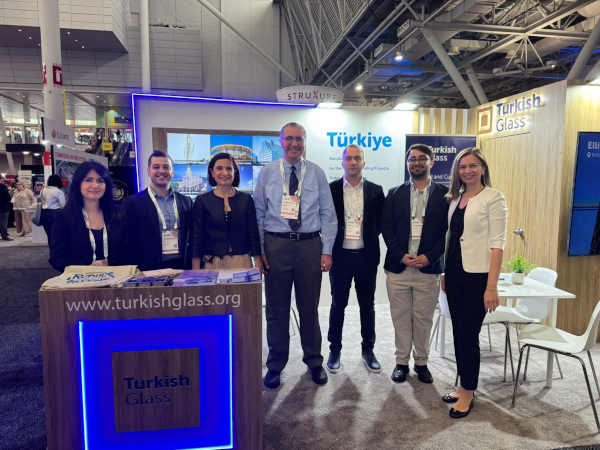
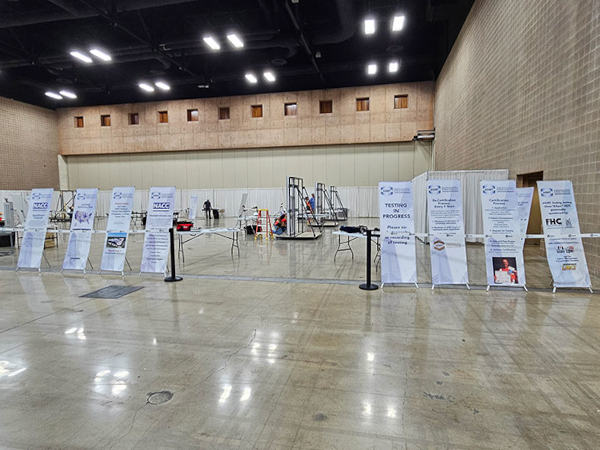


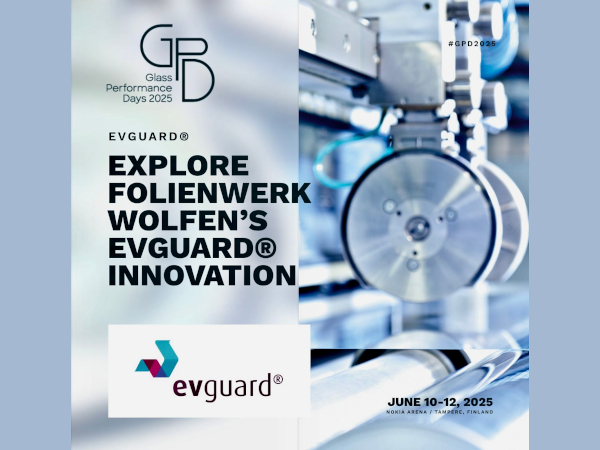
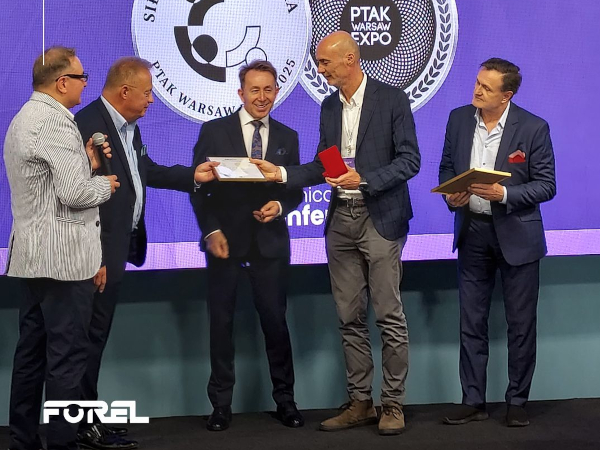






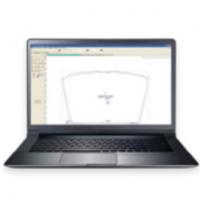
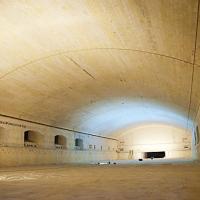
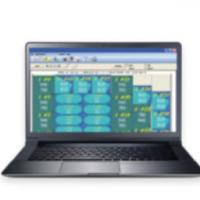
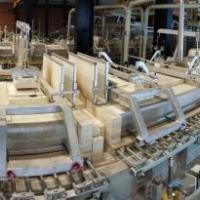
Add new comment